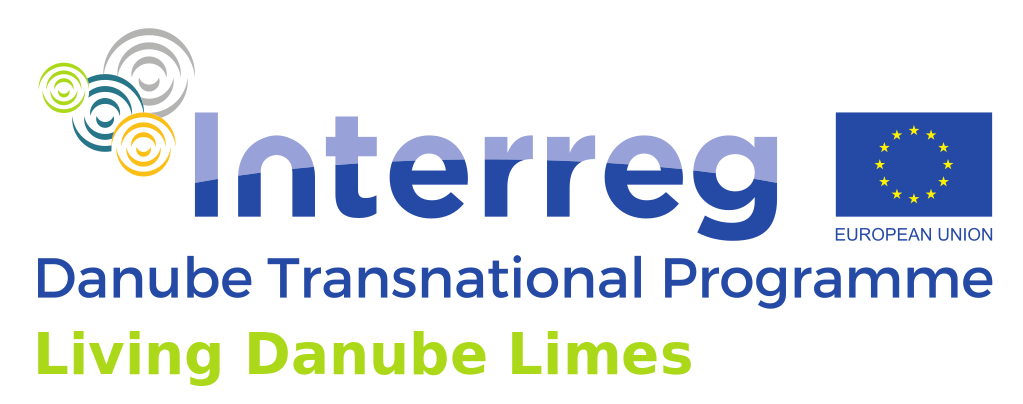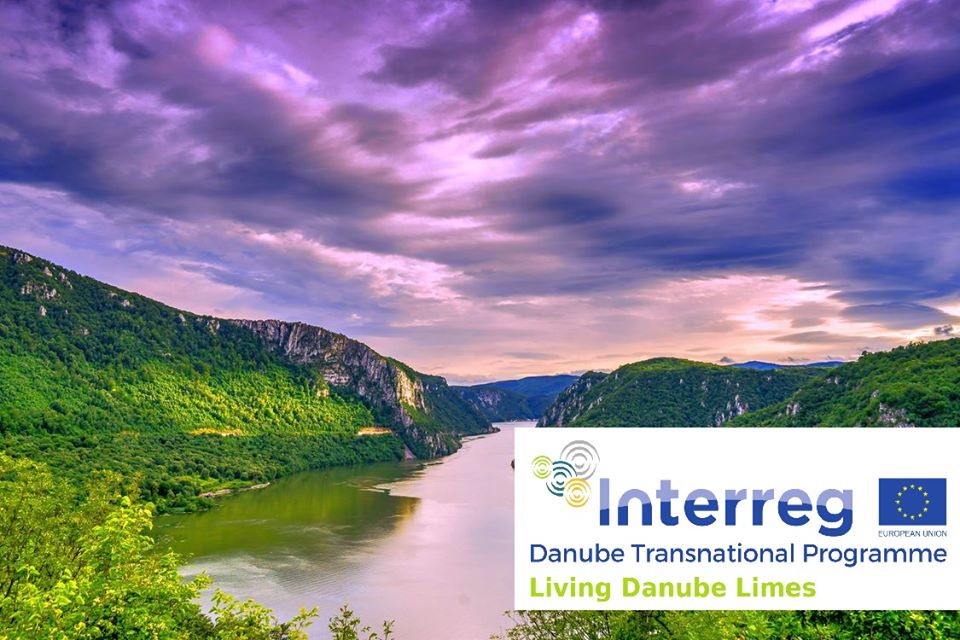Living Danube Limes
Valorising cultural heritage and fostering sustainable tourism by LIVING the common heritage on the DANUBE LIMES as basis for a cultural route.
The project focuses on connecting, enlivening, researching, preserving and highlighting the Roman Danube Limes as transnational cultural heritage of enormous significance, in order to create a sound foundation for a future European Cultural Route.
Project objectives
- Main objective of the project is the connection of the Danube region through its common Roman heritage. The project seeks to support its preservation through the creation of consciousness for the value of common heritage, while respecting local differences, particularities, and creating sensibility, that the Roman Danube Limes was not just a border fortification network, but also a vast trading zone with a lot of mobility.
- The project supports the UNESCO World Heritage nomination of the entire Danube Limes, specially focusing on the nomination process for Croatia, Serbia, Romania and Bulgaria.
- Another main objective of the project is laying the foundations for a future European Cultural Route traversing the entire Danube Region.
Outputs of the project
- A Roman Danube ship of the 4th century AD will be reconstructed, using Roman tool replicas, over the course of the project and will cruise down the entire Danube in 2022, with an international living-history crew on board, in order to highlight the connecting character of the Roman Danube Limes. After the end of the project, the ship will be at the disposal of each project pilot-site for one year, in order to serve as attraction and motivation for further investment into the pilot-site.
- Through the application of modern non-invasive archaeological geo-prospection at chosen pilot-sites, various research gaps will be closed.
- A Living Danube Limes app will be created in order to host a comprehensive and easy to access archaeological and historic catalogue of the Danube region, which will merge data from predecessor initiatives with new data gained through the research activities carried out in Living Danube Limes.
- Virtual und augmented reality reconstructions of original Roman Limes infrastructure will be created from the data of the geophysical prospections at the project pilot-sites and will then be hosted on the Living Danube Limes app.
- The establishment of a transnational museum cluster will further the common presentation of Roman heritage in the Danube Region, in order to create better visibility and understanding of the vastness and importance of this connecting historic landscape.
Reaching out to the people – making the common Roman past tangible
- The project will establish eight national pilot-sites with regular public activities such as living-history events and workshops on historic crafting methods.
- Physical reconstructions at the pilot-sites will complement the virtual reality reconstructions and invite more interest and should lead to follow-up projects and investment at the site.
- Workshops for the dissemination of historic crafting techniques will be organised and documented.
- A living-history cruise from Germany to the Black Sea, with international living-history groups steering the reconstructed Roman ship of the 4th century AD, will be organised at the end of the project. The ship and its crew will be halting at each pilot-site in order to participate in a living-history festival there, which will further allow for a large array of interactions with the public.
- Funding programme EU Interreg DTP
- Project lead Danube University Krems
- Project partners 19
- Associated strategic partners 27
- Duration 07/2020-12/2022
- Project budget 3.151.121,20€
- funded by ERDF, IPA II, ENI-MD


Project partners
Friedrich-Alexander University Erlangen – Germany
Paris-Lodron University of Salzburg – Austria
University of Architecture and Urbanism “Ion Mincu” Bucharest – Hungary
National Tourism Cluster “Bulgarian Guide” – Bulgaria
Budapest University of Technology and Economics – Hungary
DAVINO Supplier, Tourism, Regional Development and Educational Limited Partnership – Hungary
Institute of Theoretical and Applied Mechanics, Czech Academy of Sciences – Czech Republic
Municipal Monument Preservation Institute Bratislava – Slovakia
Slovak University of Technology in Bratislava – Slovakia
Ludwig Boltzmann Institute for Archaeological Prospection and Virtual Archaeology – Austria
Centre for Heritage Interpretation – Bulgaria
Museum of National History and Archaeology Constanta – Romania
Association of Danube River Municipalities “Danube” – Bulgaria
Institute of Archaeology of Republic of Croatia – Croatia
National Institute for Research and Development in Tourism – Romania
Institute of Archaeology Belgrade – Serbia
University of Novi Sad, Faculty of Technical Sciences – Serbia
Orhei District Council – Republic of Moldova